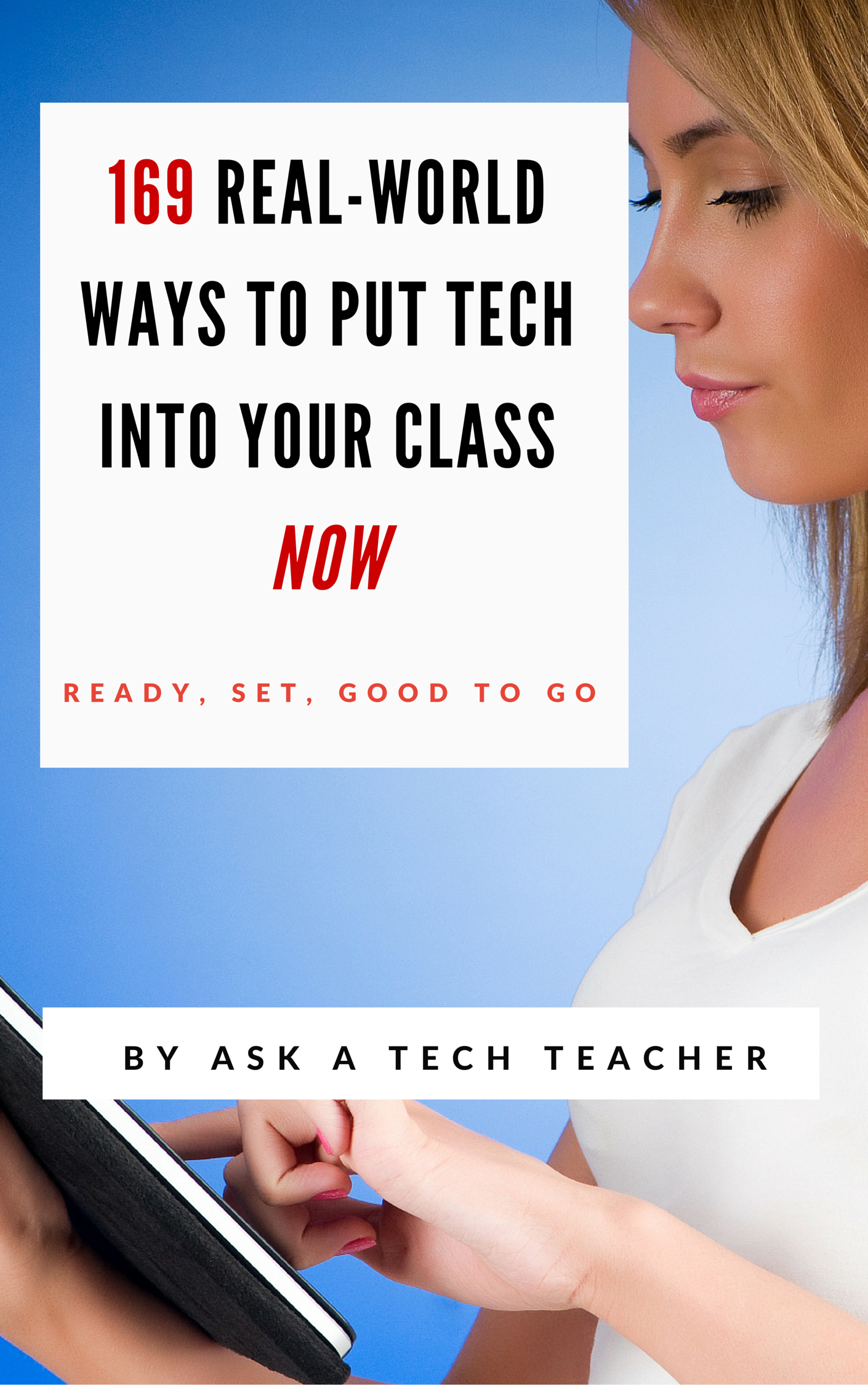 There are a variety of overarching themes in Common Core–‘integrate technology into classroom inquiry’, ‘encourage collaboration and sharing in student work’, ‘use technology to prepare students for college and career’. Each of these could take weeks to wrap into classwork, but there’s one organic tool that accomplishes all three of these while fulfilling a fourth recurring Common Core standard required at all grade levels: Publish student work. Look at this (credit: NGA Center and CCSSO:
There are a variety of overarching themes in Common Core–‘integrate technology into classroom inquiry’, ‘encourage collaboration and sharing in student work’, ‘use technology to prepare students for college and career’. Each of these could take weeks to wrap into classwork, but there’s one organic tool that accomplishes all three of these while fulfilling a fourth recurring Common Core standard required at all grade levels: Publish student work. Look at this (credit: NGA Center and CCSSO:
- Kindergarten: CCSS.ELA-Literacy.W.K.6 With guidance and support from adults, explore a variety of digital tools to produce and publish writing, including in collaboration with peers.
- First grade: CCSS.ELA-Literacy.W.1.6 With guidance and support from adults, use a variety of digital tools to produce and publish writing, including in collaboration with peers.
- Second grade: CCSS.ELA-Literacy.W.2.6 With guidance and support from adults, use a variety of digital tools to produce and publish writing, including in collaboration with peers.
- Third grade: CCSS.ELA-Literacy.W.3.6 With guidance and support from adults, use technology to produce and publish writing (using keyboarding skills) as well as to interact and collaborate with others.
- Fourth grade: CCSS.ELA-Literacy.W.4.6 With some guidance and support from adults, use technology, including the Internet, to produce and publish writing
- Fifth grade: CCSS.ELA-Literacy.W.5.6 With some guidance and support from adults, use technology, including the Internet, to produce and publish writing
- Sixth grade: CCSS.ELA-Literacy.W.6.6 Use technology, including the Internet, to produce and publish writing
- Seventh grade: CCSS.ELA-Literacy.W.7.6 Use technology, including the Internet, to produce and publish writing
- Eighth grade: CCSS.ELA-Literacy.W.8.6 Use technology, including the Internet, to produce and publish writing
- Create a story in an online storymaker like Storybird. This accomplishes the same Common Core writing standards pen-and-paper would, while fulfilling the ‘publish’ mandate, reaching a greater audience, and sharing the students knowledge. Storybird (and a number of other online sites) also provides opportunities for feedback on student work via comments attached to stories.
- If teachers are using MS Office (or other word processing programs like Open Office), save as a PDF and upload to an online site like Scribd (http://www.scribd.com/). Make the channel private so only class members can view (or public if that’s your preference). Once uploaded, students can reflect on classmates’ work and offer constructive feedback. Scribd documents are also embeddable into student blogs, websites, wikis.
- Share slideshows made in the ever-popular PowerPoint via Issuu (http://issuu.com/explore) or produce presentations entirely and collaboratively online with Kizoa.
- Instead of a physical poster, create one in Glogster or Prezi. These two online tools can include all the elements a project requires (pictures, text, headings, layout, color, attention to detail), can be self-taught (encouraging students to take responsibility for their own learning), and take no more time than a traditional approach.
- Instead of writing a report that only the teacher reads, students can collect data in a magazine format using Flipbook or Evernote (or Glogster or Prezi). The finished product can include links to additional information for students who want to dig deeper, data that links back to the original source, as well as audio and video selections. And, work can be done collaboratively.
- After students have created the traditional play, film it and upload to YouTube, Vimeo, or SchoolTube (using a private class channel). This way, their knowledge and work can be shared with family, friends, even other schools researching the same topic.
- For students who have already done a YouTube video, make a website that can educate upcoming classes on the selected topic. This is a great addition to student portfolios without the pesky trouble of CD’s and flash drives.
- Use an online talking avatar like Voki to introduce the project. Have students collaborate in the creation of Voki characters to discuss a book, a moment in history, or a tricky mathematical concept. Then, publish by uploading the grouping to blogs or websites.
- Create an Infographic using Visual.ly, Easelly, or another infographics creator to show student understanding of Common Core standards related to research, reading, writing. This can replace the typical class research paper that’s read by the teacher, no one else, and then stuck on a shelf.
Overall, anything online has the added benefit of encouraging student collaboration and feedback. Sites like Storybird, Scribd, and others will store student work on their server and provide the opportunity for students to comment on the creations of classmates. That’s hard to match in a physical, pencil-and-paper world.
I’ve only touched the tip of the publishing iceberg. What are your favorite methods?
Lots of Common Core lesson plans here.
Jacqui Murray has been teaching K-18 technology for 30 years. She is the editor/author of over a hundred tech ed resources including a K-12 technology curriculum, K-8 keyboard curriculum, K-8 Digital Citizenship curriculum. She is an adjunct professor in tech ed, Master Teacher, webmaster for four blogs, an Amazon Vine Voice, CSTA presentation reviewer, freelance journalist on tech ed topics, contributor to NEA Today, and author of the tech thrillers, To Hunt a Sub and Twenty-four Days. You can find her resources at Structured Learning.



































1 thought on “Common Core requires publishing. Technology makes that happen”
Comments are closed.